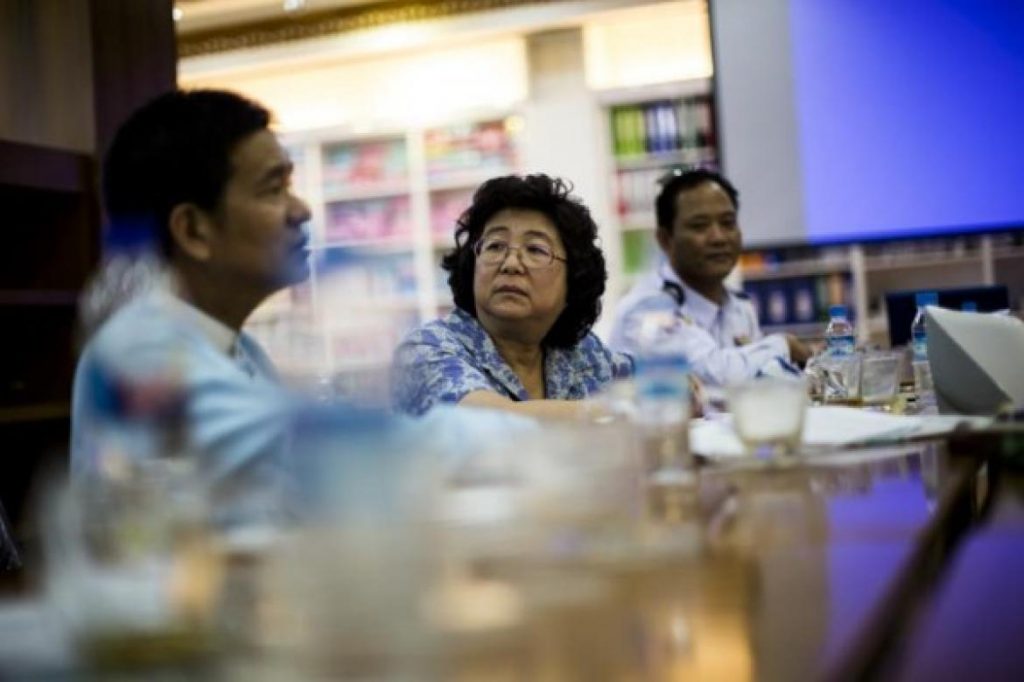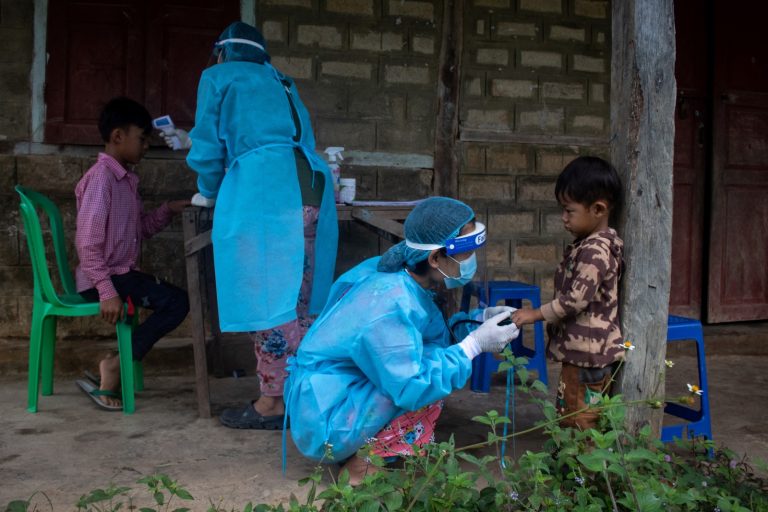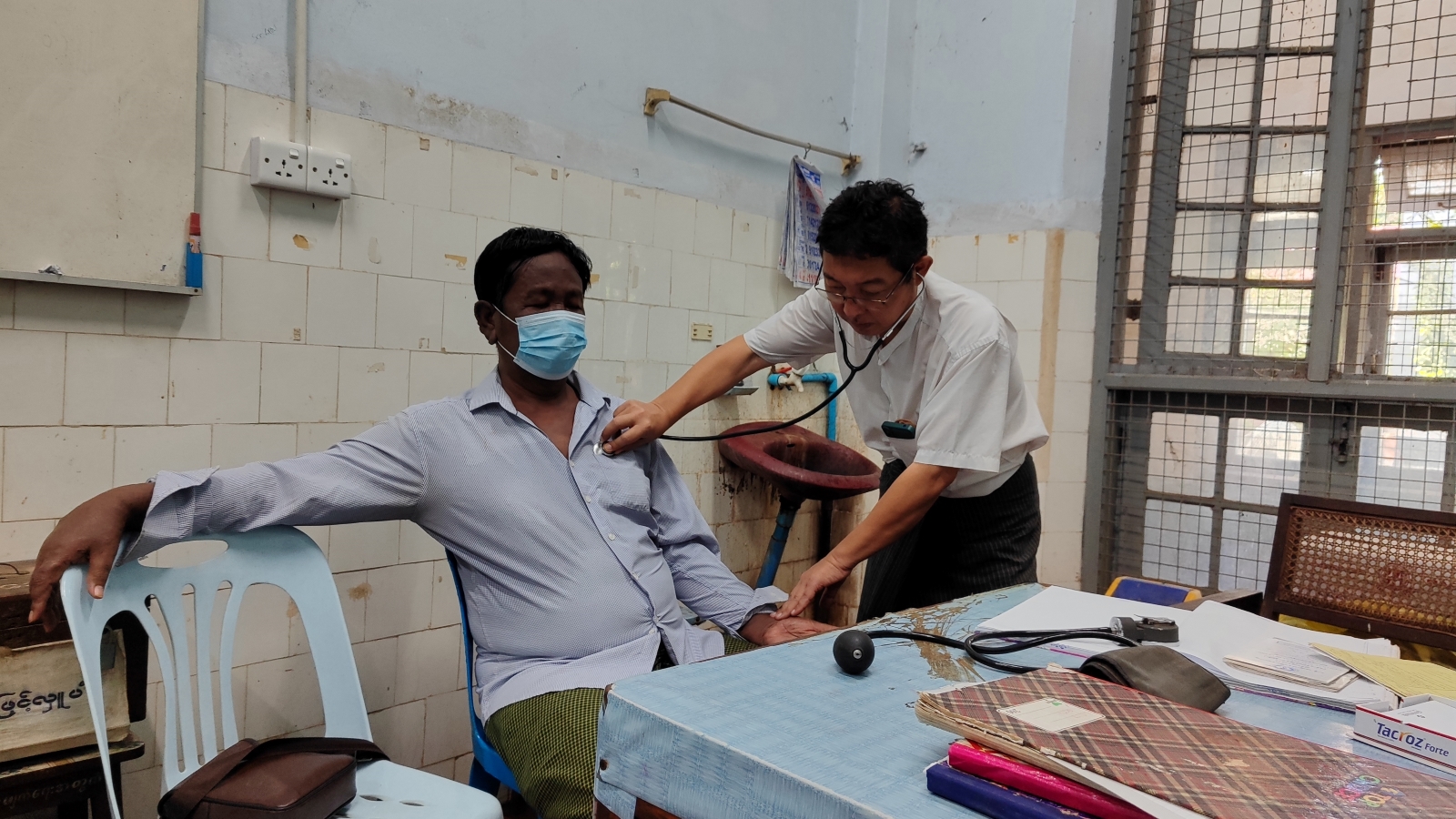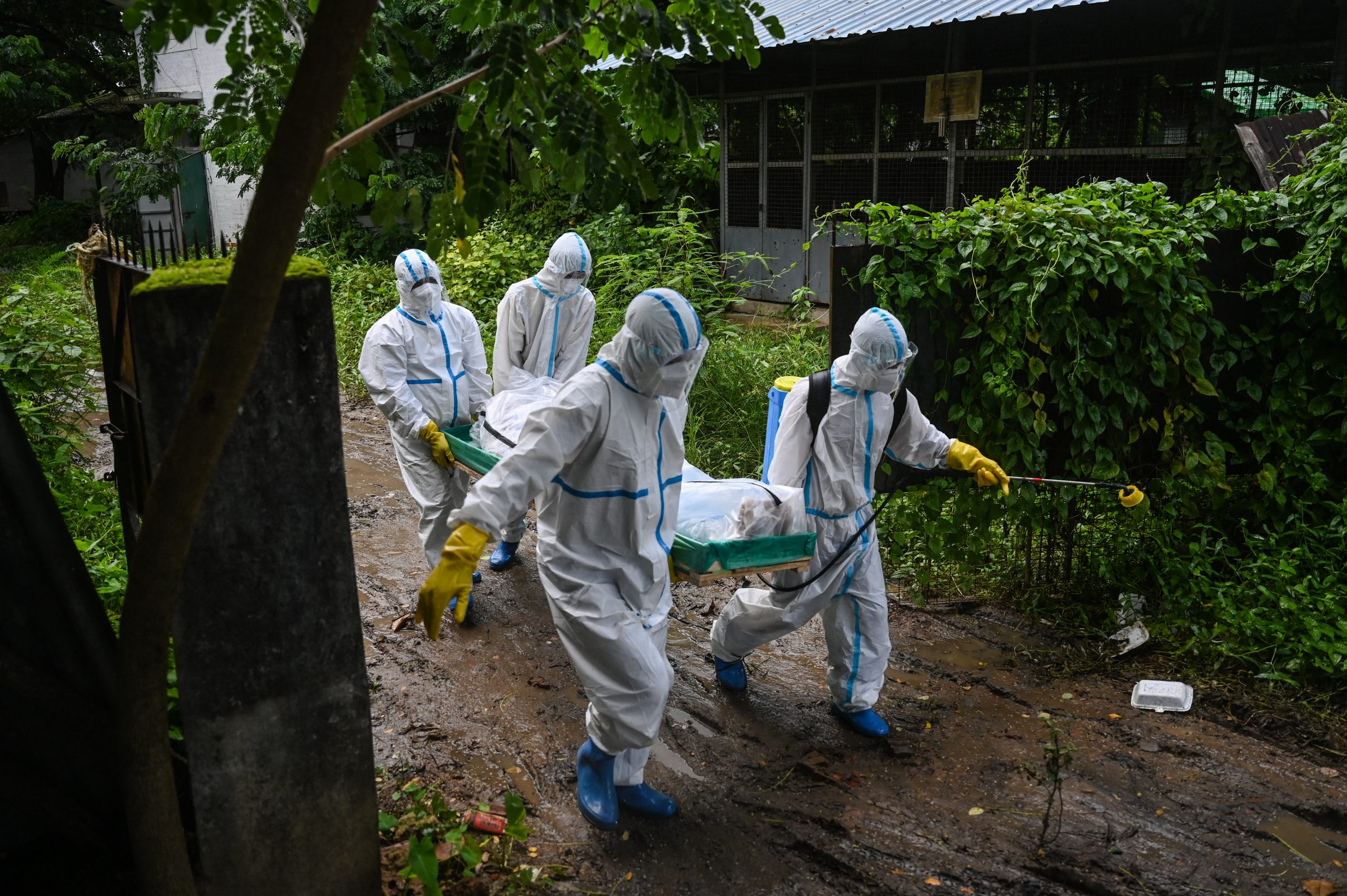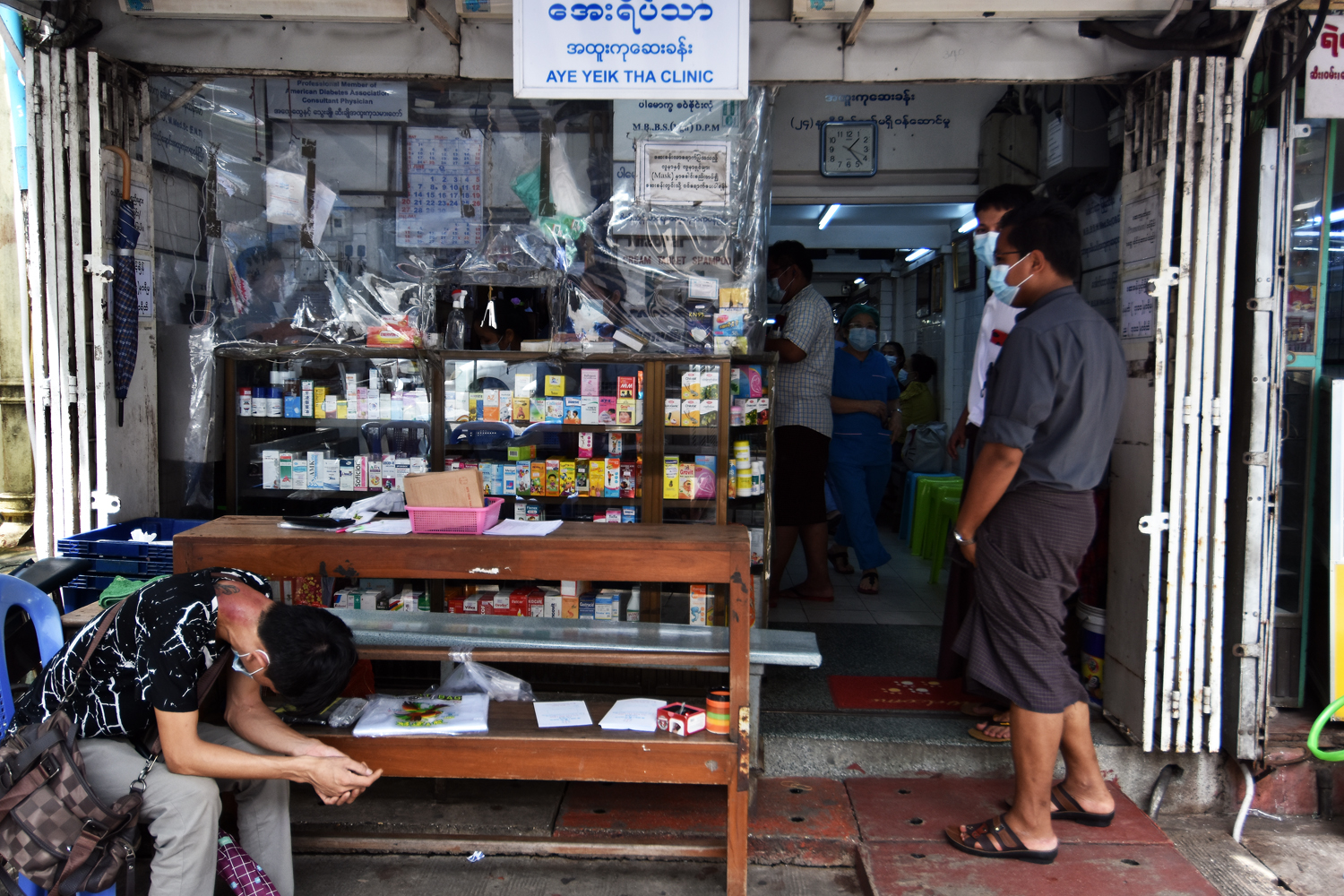YANGON — The number of people dying on Myanmar’s roads is increasing, and the country ranks second in terms of deaths per capita in Southeast Asia, according to the preliminary findings of the World Health Organization’s latest report on road safety in the region.
No figures have yet been made available, but Dr Chamaiparn Santikarn, regional adviser for Injury and Violence Prevention and Disability for the WHO’s Southeast Asia Office, said that Myanmar looks set to be ranked second behind Thailand in the report, which is expected to be published before the end of this year.
In the organisation’s last survey on road safety in Southeast Asia, which covered the years between 2006 and 2011, Myanmar’s roads were rated the sixth-most dangerous of the 11 countries covered, at a rate of 15 deaths per 100,000 people.
“We want to raise awareness that Myanmar is second to other countries in the SEARO (Southeast Asia Regional Office) region, according to our preliminary findings. We are able to say what has happened, but at the moment we cannot say why,” she said, adding that an increase in the number of cars on Myanmar’s roads since reforms started in 2011 is one reason. Other factors include issues related to driving licences and the quality of cars, she said.
Dr Santikarn was speaking at the second of a series of monthly meetings held between stakeholders working for road safety in Myanmar, attended by government officials, as well as representatives from the WHO, the Myanmar Red Cross and the Myanmar Medical Association.
Support more independent journalism like this. Sign up to be a Frontier member.
At the meeting, held in Yangon on September 7, stakeholders discussed how WHO funding, estimated to be around US$10,000 (K12.8 million), can be spent on improving road safety this year on the highway that connects Yangon with Mandalay.
“We feel that we have to discuss with the policy makers about this issu,e and make it part of the national agenda. We also need to provide better data about the highway, about where the most dangerous areas are, and inform the public so they know where the blackspots are,” Dr Santikarn said.
Authorities are also planning to improve road safety education, not only for car drivers and motorbike riders, but also for pedestrians, which account for more than a quarter of road user deaths, according to WHO data.
“We are planning a media campaign to educate people more about road safety, and one proposal involves going into schools that are close to the Yangon-Mandalay highway and educating the children there about road safety,” said U Thit Lwin, a member of Myanmar’s leading road safety agency, the Traffic Rules Enforcement Advisory Committee.
The meetings also aim to establish better coordination between relevant departments about information and data relating to road accidents in Myanmar.
“There is an acute lack of political will [regarding road safety],” said one source working on road safety in Myanmar, requesting anonymity. “This is a shame, but maybe road safety as a subject is not sexy enough. More people are killed on the roads in Myanmar in three weeks than the amount that died in the recent floods, and [road safety] is an ongoing issue, not a one-off. It is difficult to prevent fatalities [caused by] Mother Nature, but it is far easier to deal with road safety.”


